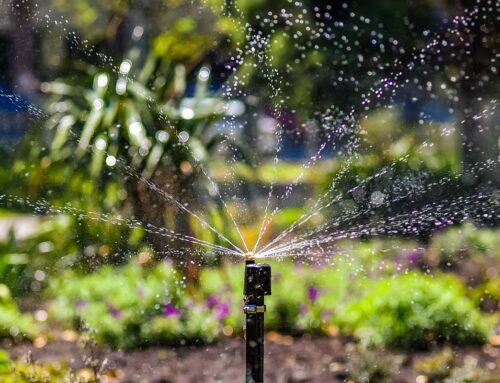Drought in California and along the Colorado River has threatened water supply, food production, and electricity generation while draining reservoirs and fueling one of the most extreme wildfire seasons the West has ever experienced.
These concerns prompted both the Governors of California and Nevada to make drought announcements last month, with the hopes of bringing attention to the importance of conservation and drought preparedness.
Despite early predictions for a dry “La Nina” winter, California had its wettest Water Year start in more than 40 years, thanks to several rain and snow systems that pushed through the state in recent weeks.
While this was certainly welcome, more snow and precipitation are needed to emerge from the current drought. As we navigate the lingering effects of multiple years of below-average rain and snowfall coupled with climate change and the potential for additional dry weather in the future, state officials have called on Californians to make voluntary cuts to water consumption and are now considering other restrictions and fines of up to $500 for water waste.
Since 2000, dry conditions have added stress to the Colorado River’s already over-allocated water resources. In the hopes of staving off mandatory cutbacks in 2022, officials from Arizona, California, and Nevada signed an agreement last month to undertake water savings measures to keep an extra 1 million acre-feet of water in Lake Mead over the next two years.
Locally, we rely on both the Colorado and State water systems to augment the natural rain and snowmelt that replenishes our local groundwater basin. Our local groundwater management agencies recently adopted updated water management plans for the Indio and Mission Creek Subbasins. These plans outline how the Coachella Valley will meet current and future water demands while sustainably managing groundwater and protecting water quality now through 2045. They also address land-use changes, projected growth, future water supplies, climate change, and many other influencing factors.
These plan updates build on decades of work to sustainably manage the Coachella Valley’s water future. To date, our local groundwater management programs have replenished more than 4 million acre-feet of imported water into our local groundwater basin, and over the past 10 years, these efforts have increased or stabilized groundwater levels in most of the Indio and Mission Creek Subbasins.
So while the sound of rain lulls many of us into a tempting forgetfulness about the current drought, we must all stay alert and continue using water efficiently for the betterment of our entire region.
Visit the links below to learn more about groundwater management in the Coachella Valley:






